


Dark Pharaoh
gamer level 7
19144 xp
19144 xp
followers
22
22
Use my invite URL to register (this will give me kudos)
https://boardgaming.com/register/?invited_by=dark-pharaoh
profile badges




recent achievements

Mask of Agamemnon
Explore select games by completing a series of exploration actions. learn more »
Explore select games by completing a series of exploration actions. learn more »

Explorer - Level 5
Earn Explorer XP to level up by completing Explorer Quests!
Earn Explorer XP to level up by completing Explorer Quests!

Veteran Grader
Grade 800 more reviews or tips by clicking "Yes" or "No" in response to the question "Was this helpful?"
Grade 800 more reviews or tips by clicking "Yes" or "No" in response to the question "Was this helpful?"

Treasure Chest
Explore select games by completing a series of exploration actions. learn more »
Explore select games by completing a series of exploration actions. learn more »
Player Stats
Critic (lvl 2)
545 xp
545 xp
Explorer (lvl 5)
3764 xp
3764 xp
Professor (lvl 3)
790 xp
790 xp
Reporter (lvl 3)
757 xp
757 xp
About Me
I play a wide variety of games and am always willing to play a new one.
I have a collection of nearly 200 games, many of which I have yet to play, yet couldn't pass them 'buy'!


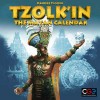


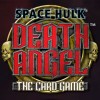


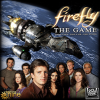
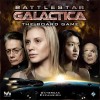
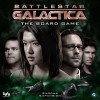
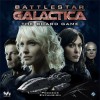




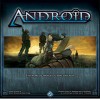



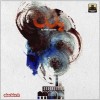
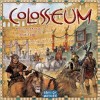










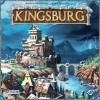
















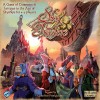





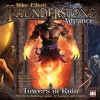


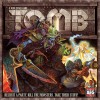
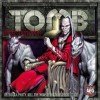


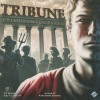







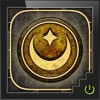


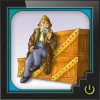

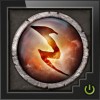
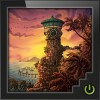

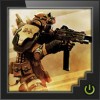
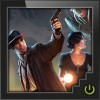


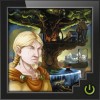



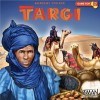













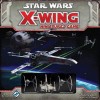


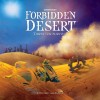

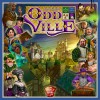
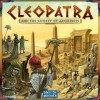


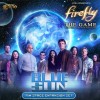












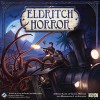
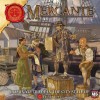


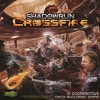

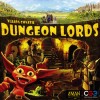
















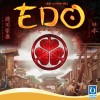


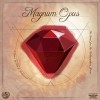





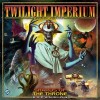



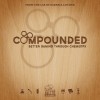























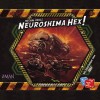


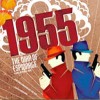
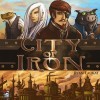


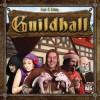












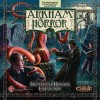

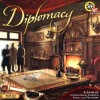

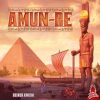


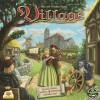



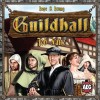


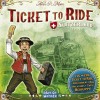
















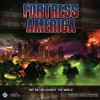
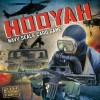














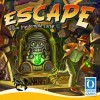
Run, Fight or Die!
‘Run, Fight’ or Die!’ is a great little press-your-luck dice-rolling game that will scratch the ***************** itch without a huge investment in either setup or play time. Even with many players, the turns pass quickly, without the feeling of downtime associated with other zombie apocalypse games.
The components are cool, from the plastic miniature zombies to the customized dice. The artwork on the cards and boards is nice, edging toward the humurous rather than the horrific. The rules are simple and easy to learn and the game is great fun for adults and kids, alike.